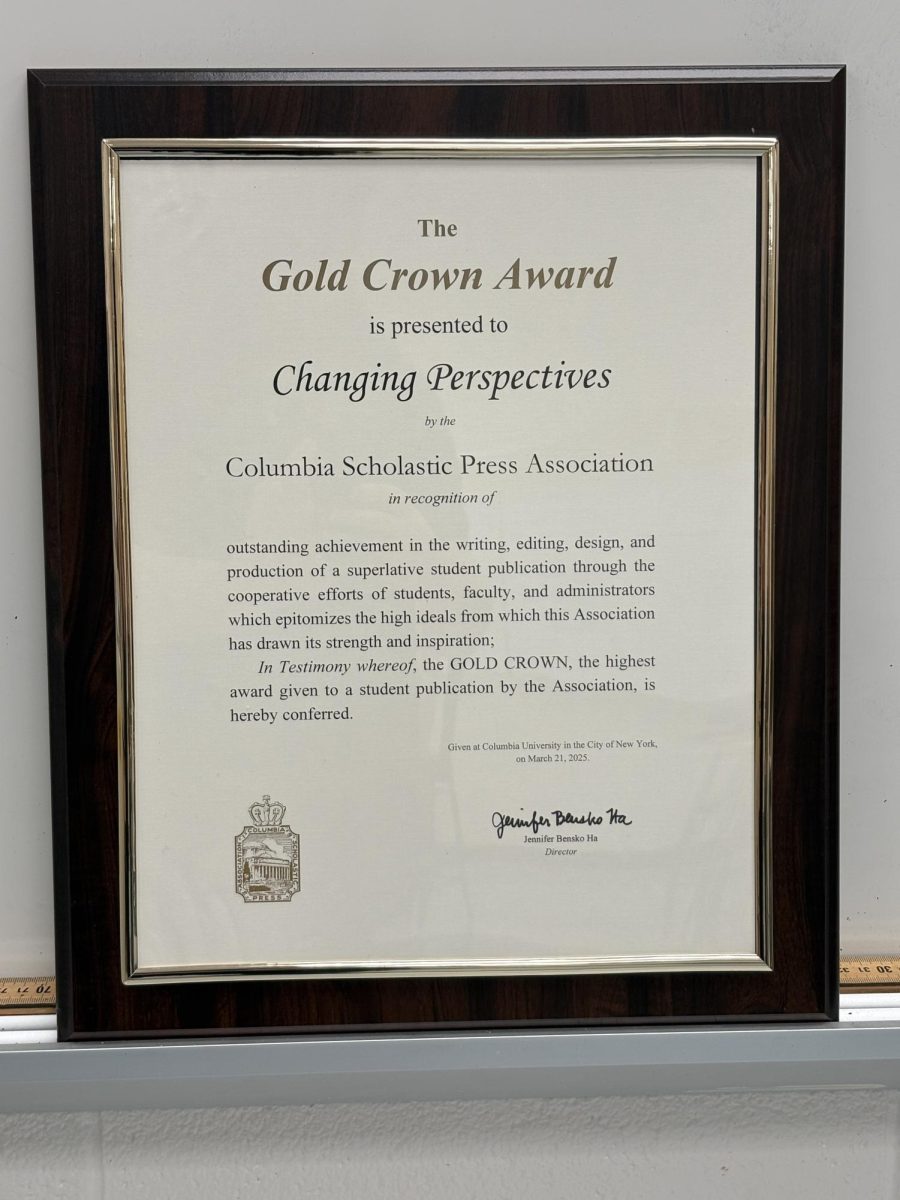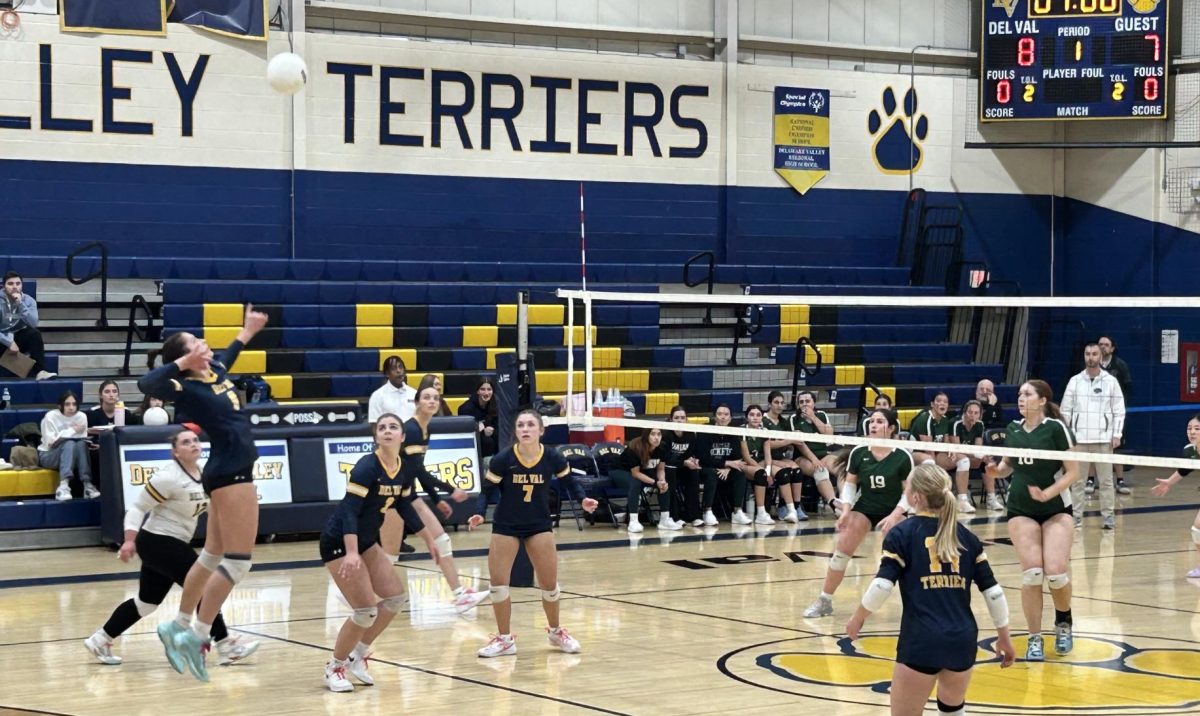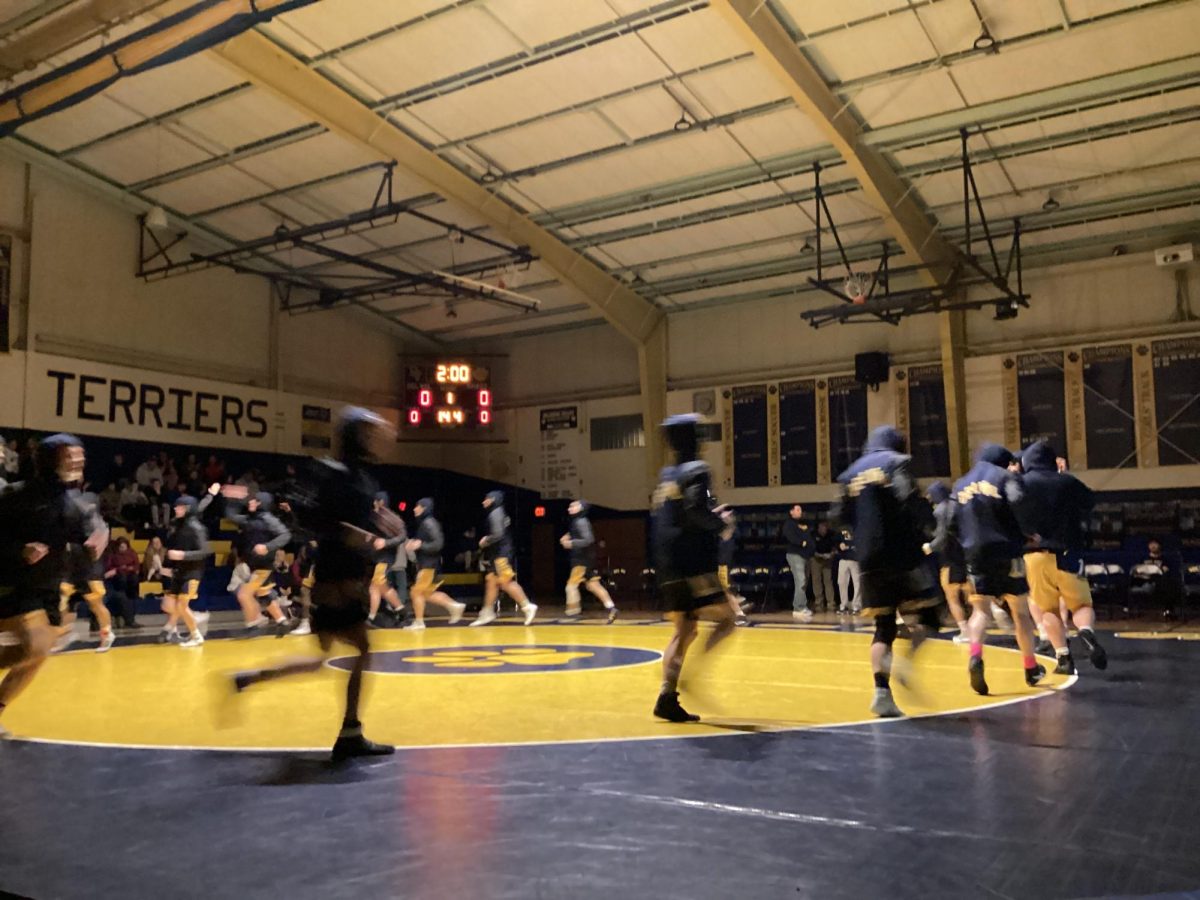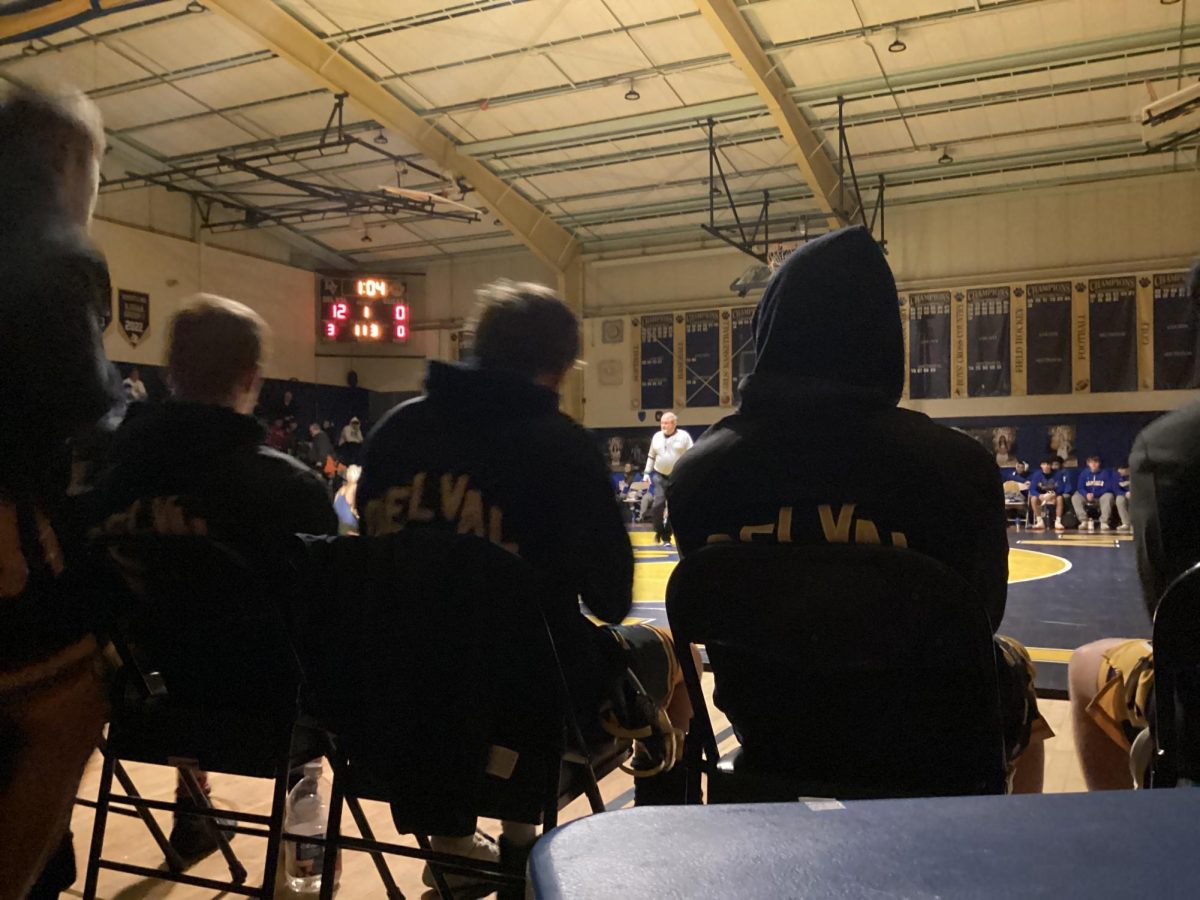More Than Just A Number: a Background on Intercollegiate Sports
Delphi staff member, Bri Barbadora, surrounded by her family as she commits to play softball at Moravian College.
February 14, 2020
Playing a college sport, to many, is a great opportunity that can contribute to an amazing college experience.
When it comes down to it, any sport at the intercollegiate level has its fair share of challenges and requires hard work and grit. That being said, with the right amount of work ethic and attitude, college sports can be very rewarding. Being part of a college sports team provides physical fitness, leadership, team building skills, discipline and responsibility, and these teams can forge friendships with teammates and coaches that could last a lifetime.
However, people playing college sports don’t always have the ideal experience. What can help people achieve their ideal situations is finding a college that is right for them at a competition level that best accommodates their needs and abilities as student athletes.
When it comes to any college sport, there are three groups, or “divisions,” each school gets broken up into. These divisions are based on the level of competition and the resources available to their athletic departments. The games and events seen on television, such as March Madness or baseball’s College World Series, are competitions between Division I schools. Division I provides the most significant commitments and most competitive level of competition. Additionally, Division I schools’ athletic departments have the largest budgets and can offer full athletic scholarships.
Division II athletes receive only partial athletic scholarships, as these schools have athletic department budgets much smaller compared to Division I schools. While Division I schools often travel across the nation to compete, “regional rivalries” are more common for Division II.
Division III schools require less of a commitment in the NCAA and the travel is less intense. Division III schools tend to have the smallest athletic department budgets with no athletic scholarships available.
When looking to play a college sport, it’s important to consider what is best for you athletically, financially, and most importantly, academically. As a committed student athlete myself, I can attest to the importance of finding a school that suits you best from an academic standpoint but can also fit your needs sports-wise. Your education comes first and foremost over anything else when it comes to college!
Many people go into the recruiting process with starry eyes, dreaming of “going D1” and being able to be on television (myself included) with little knowledge of what actually goes into such a commitment behind the scenes. They often have a lack of consideration for what would be the best fit for them as a student athlete. Division 1 isn’t for everyone. Despite common misconceptions, Divisions 2 and 3 can be just as challenging, entertaining and rewarding, and Division 1 isn’t the end all be all. Ultimately, what matters most is what will make you, the student athlete, happy.















































































